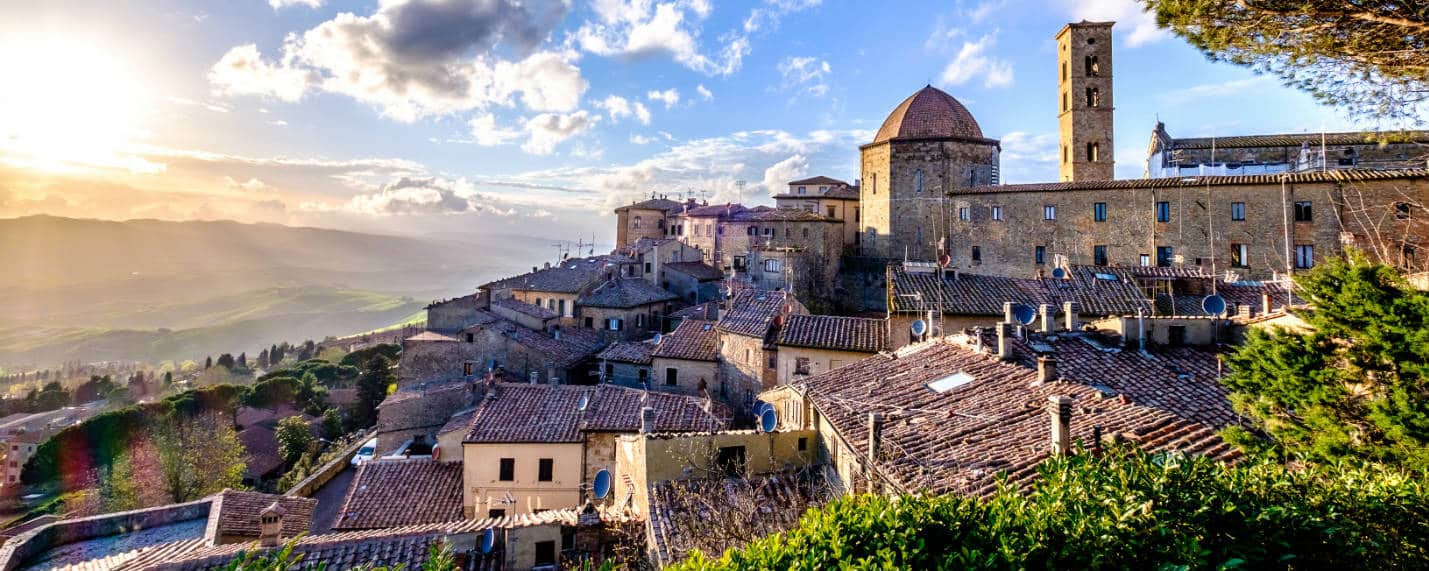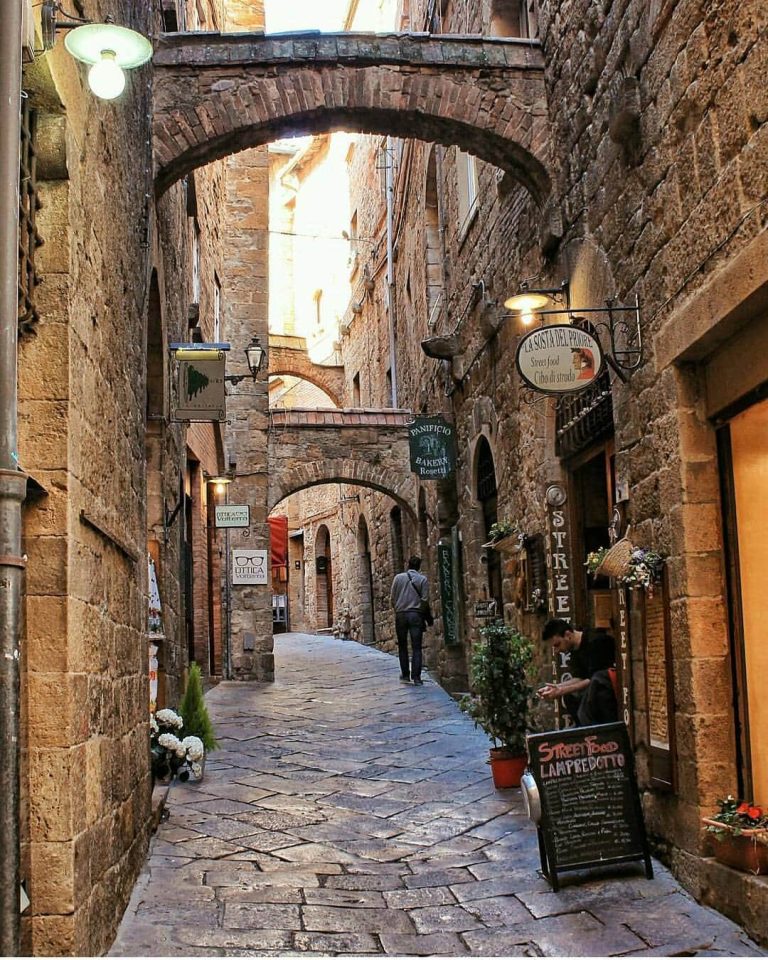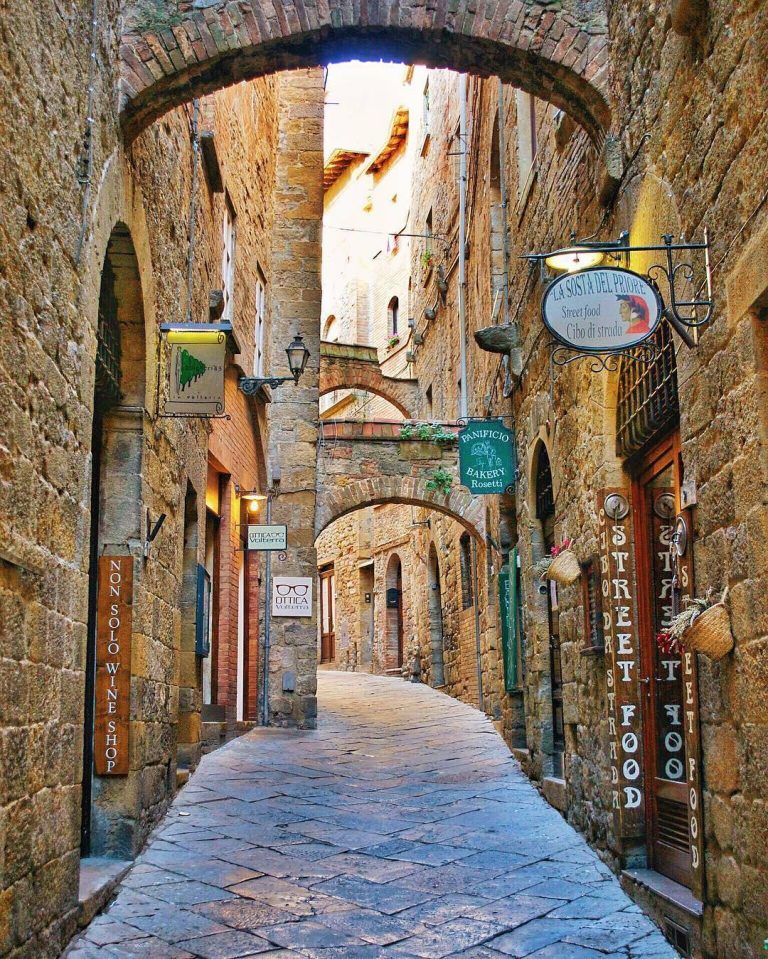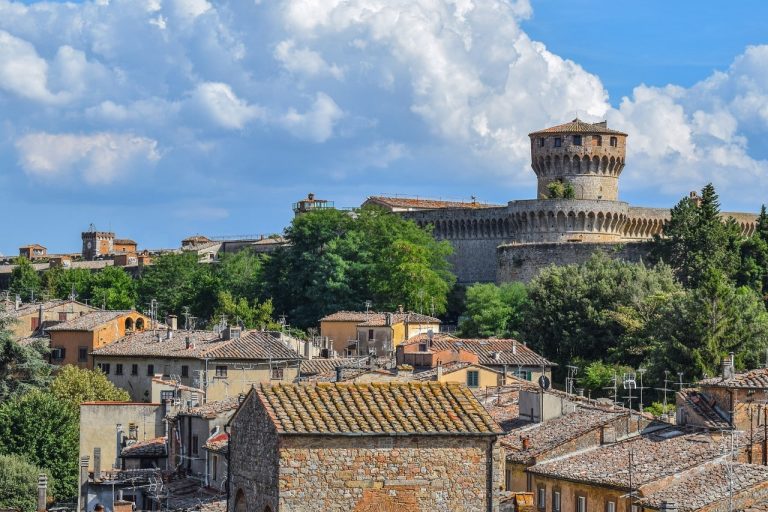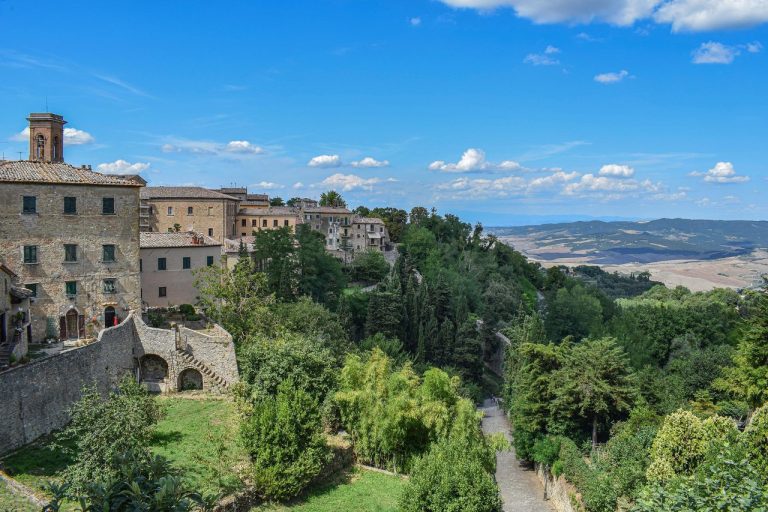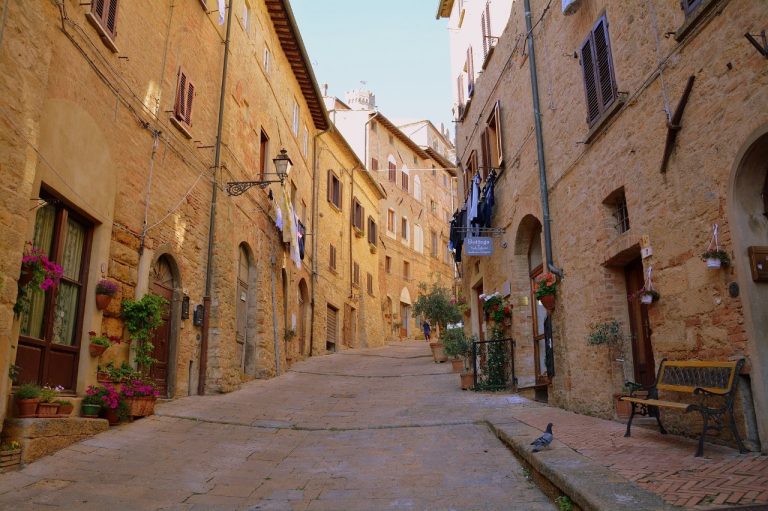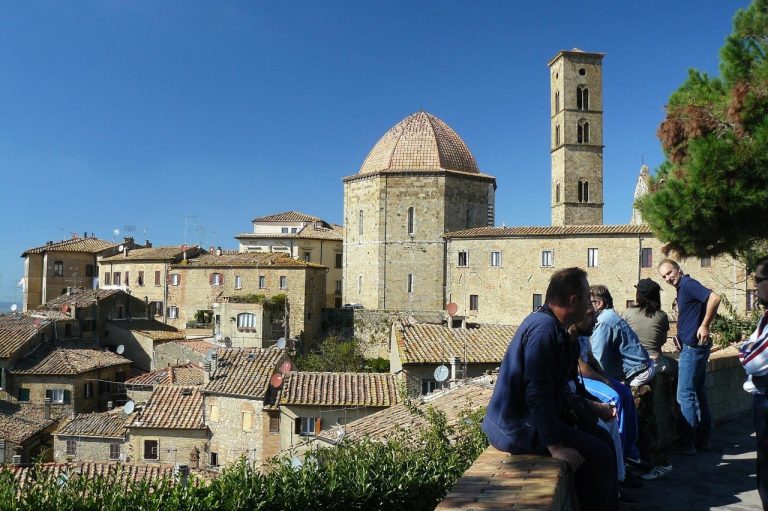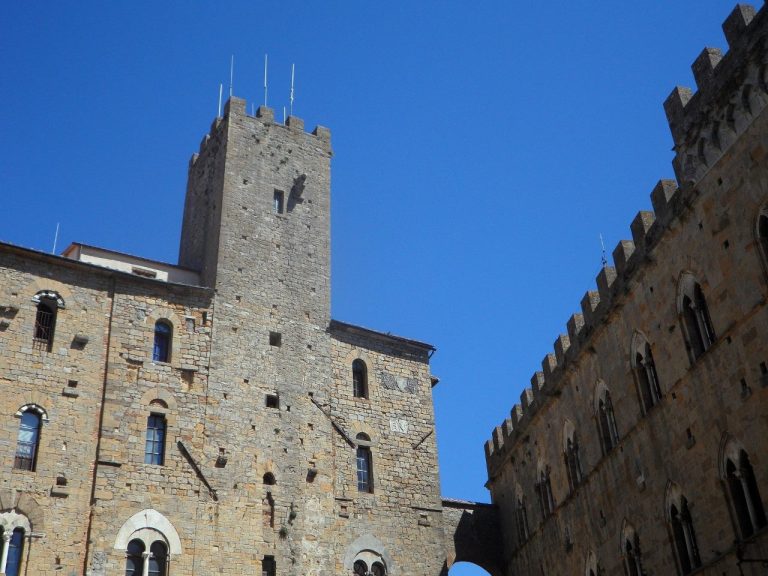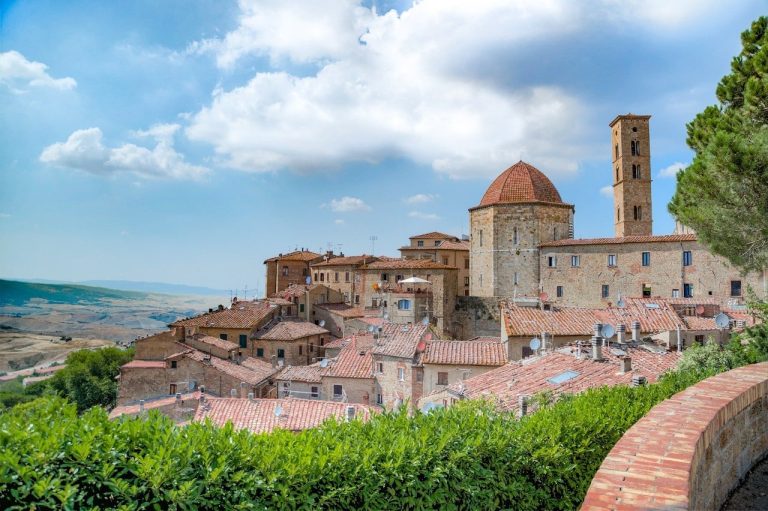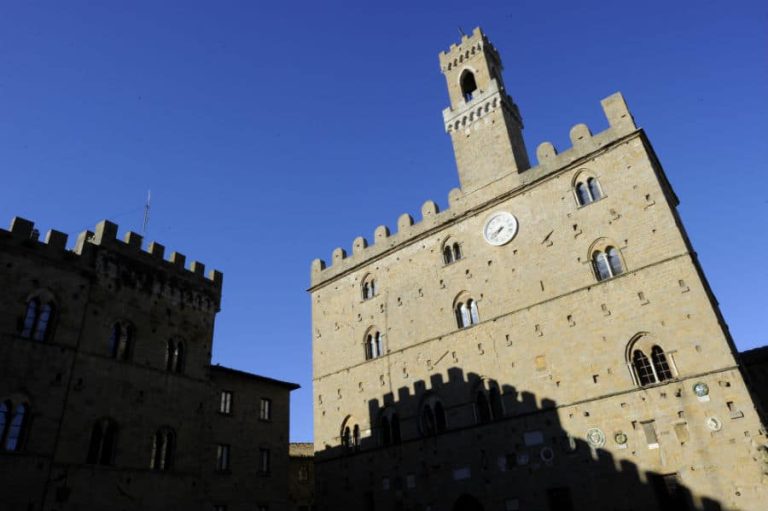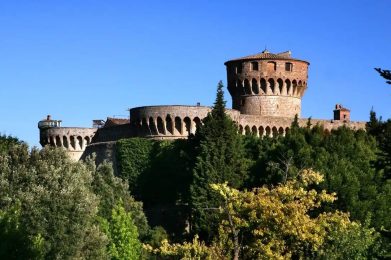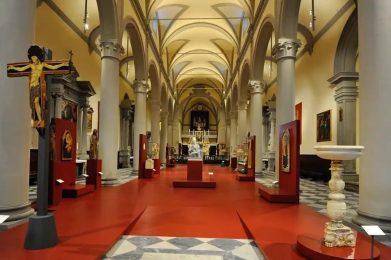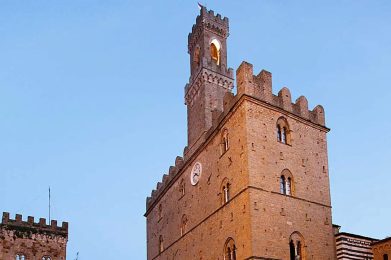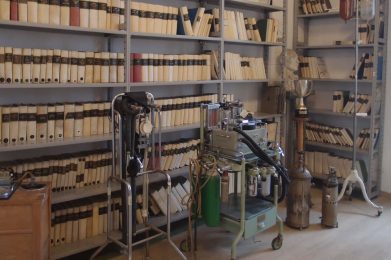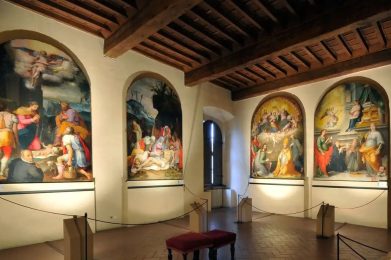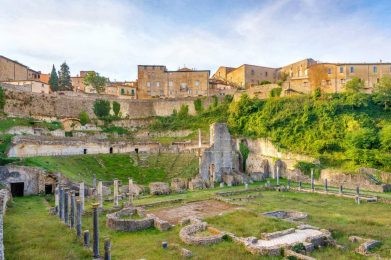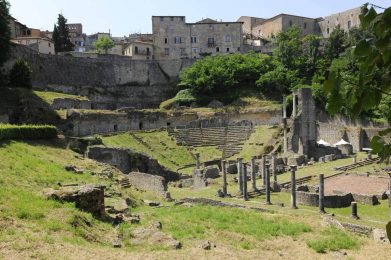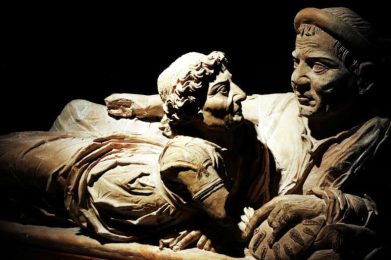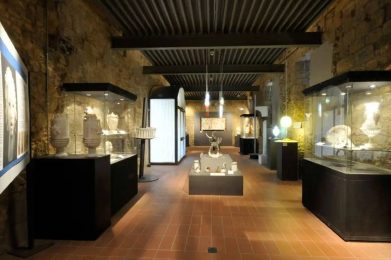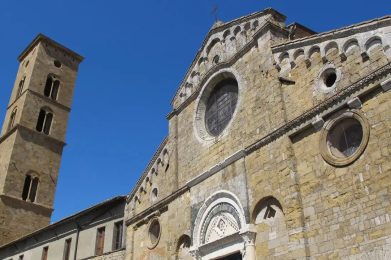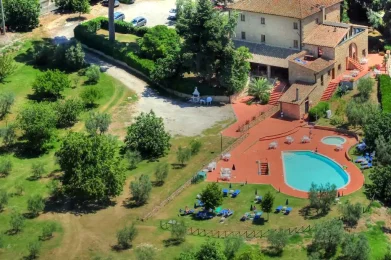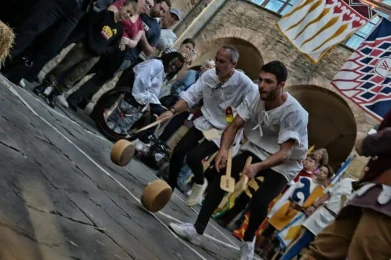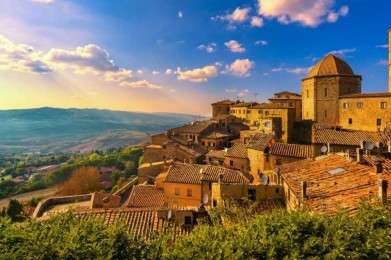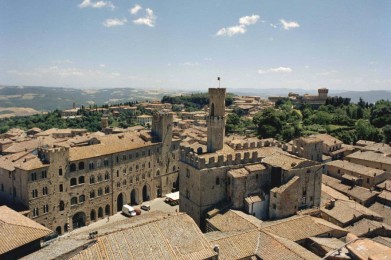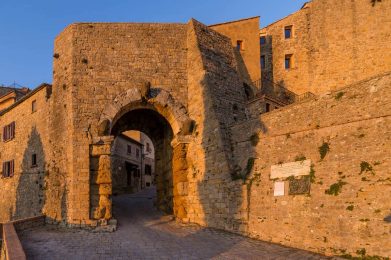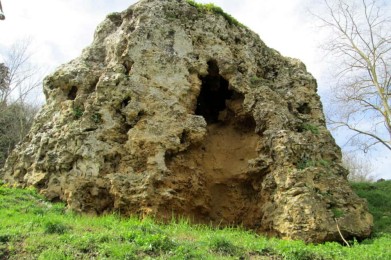Volterra, a village nestled in the rolling hills of Tuscany, is a gem of culture and history that has its roots in Etruscan times. The city, also known as Veláthri in Etruscan, offers visitors an extraordinary testimony to the civilizations that have succeeded one another over the millennia: from the Etruscans, through the Romans, to the Middle Ages and the Renaissance.
Journey within the walls: must-see attractions in Volterra
The Guarnacci Etruscan Museum is one of the most significant places to appreciate Volterra's Etruscan past. It is famous for housing unique collections such as "The Shadow of the Evening" and other priceless archaeological artifacts. By visiting this museum, you can immerse yourself in the atmosphere of the ancient people of Volterra.
Not far from the historic center, however, are the fascinating ruins of the Roman Theater, a striking example of the architectural ingenuity of the imperial era. The nearby Acropolis, on the other hand, reveals the remains of Volterra's Gilded Age, representing one of the city's most revealing archaeological areas.
The Cathedral of Santa Maria Assunta and the Baptistery stand for the flowing expression of the Christian faith through the ages. With their structures mixing Romanesque and Renaissance elements, these buildings are a must for any tourist interested in the history of sacred art.
Medieval in design, the Palazzo dei Priori is one of Volterra's most emblematic historic buildings. Today, as then, it stands out in the main square as the focal point of Volterran life.
The Alabaster Ecomuseum is the symbol of Volterran craftsmanship, bearing witness to millennia of working with this translucent and precious material. To visit it is to connect with a vital aspect of local culture and economy.
Modern evocations: Twilight and the legend of vampires
Volterra has gained modern notoriety thanks to the Twilight saga. Although scenes from the films were shot in Montepulciano, the connection created has increased tourism and curiosity, making Volterra an even more fascinating destination for fans of the genre.
Culinary tradition and events
In the fall, Volterra becomes the stage for Volterragusto, a festival celebrating local food and wine products such as white truffles, olive oil and wines from the region. An unmissable occasion for lovers of good food and local traditions.
To plan your visit to Volterra, remember to download the official map from the website and, if you plan a longer stay, consider purchasing the Volterra Card that will give you access to many places of interest at a great price.
Don't wait, plan your adventure in wonderful Volterra, and prepare to be enthralled by a town that has managed to traverse the ages while keeping its mysterious splendor intact.

